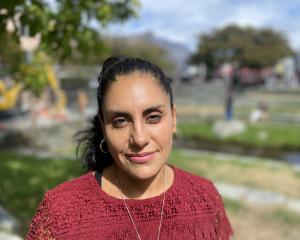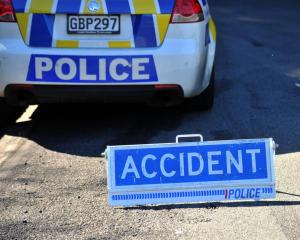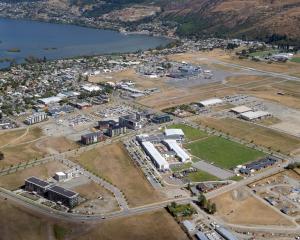
Mountain Scene understands Graeme Hart, this week said to be worth $13.5 billion by Forbes Magazine, has bought a massive six-bedroom home at exclusive Closeburn Station, 11km from Queenstown.
Hart, through his Rank Group PA, says he doesn't want to comment.
The opulent house has a footprint of 746 square metres and comes with a 144sq m day spa and 91sq m implements shed.
It adds to the list of big-ticket toys accumulated by the packaging tycoon in recent years.
Last July's National Business Review Rich List, which again rated him NZ's richest man, said he'd recently launched two 100m-plus mega-yachts in Norway, one of which he'd listed for $266m.
NBR's Rich List says Hart's Auckland family home's worth $45m. He also reportedly owns two homes in Queenstown's sister city of Aspen, in the United States.
His new Queenstown pad was built for the family trust of Brisbane businessman Denis Mackenzie, who founded IT company CSG Ltd.
Local builder Triple Star completed the 12-month build in December 2015 and it was designed by prominent Auckland architect Lawrence Sumich.
Arrowtown-based Luxury Real Estate NZ agent Terry Spice is believed to have brokered the sale.
Spice also brokered the Australian family's purchase of the site in 2012 _ the $2.85m price tag made it Queenstown's dearest ever section.
At the time, Spice said the site, with stunning lake and mountain views, was ``the most exclusive and unique property in NZ, without question''.
According to the resource consent application, the house has five chimney stacks, formal avenues of exotic and native trees between the buildings, a sculpture garden including a 26sq m loggia between the main dwelling and the spa building, and a driveway about 180m long.
The spa building includes a gym, relaxation area, indoor and outdoor spa, sauna and bathroom.
According to Sumich's website, the client ``wished for a resort-style retreat to share the beauty of Queenstown with his family and friends''.
``The challenge, architecturally, was to provide the number of rooms required without overpowering the sensitivity of the site that is perched above the 12 Mile Delta.''
- by Philip Chandler.












